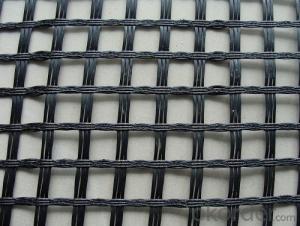Geosynthetics are engineered materials that have become a common feature of modern construction. Geotextiles and geomembranes are well-known examples whose versatility and effectiveness have led to their massive deployment. ‘Pegamento para geomembrana’ is an example of this material that can improve the quality of work done by such materials in various applications.
The importance of Adhesion
In any geosynthetic project, the primary consideration is getting the materials to bond well with each other and the underlying surface. This is where ‘pegamento para geomembrana’ comes into play as it acts as a binder to tightly join different layers together. Additionally, this adhesive prevents shifting and protects from environmental influences including UV radiation or chemical exposure.
Types of Geomembrane Adhesives
As far as ‘pegamento para geomembrana’ is concerned, there exists several types which are available depending on their specific intended use. For simple use and being environmental friendly water-based adhesives are popular choices. On the other hand, solvent-based adhesives dry quickly and form stronger bonds. Choice of adhesive depends on factors like geomembrane’s material, environmental conditions, or how long one wants his/her project last.
Application Techniques
‘Pegamento para geomembrana’ application is both an art and science whereby one requires carefulness plus paying attention to finer details so as to secure a uniform firm grip. Traditionally, such adhesives are applied using brushes, rollers or sprayers. What matters most during application is even spreading while avoiding puddles or gaps that could compromise its strength in any way. Proper preparation of the surface should be done by removing all contaminants that may interfere by blocking adherence.
Environmental Considerations
Today’s global concern is sustainable development. In this respect ‘Pegamento para geomembrana’ has great significance for us all playing a role in this direction by creating shield against any seeping of harmful substances into the soil and water. This is vital in applications such as landfills, waste containment facilities and reservoirs. By selecting appropriate adhesives we are not only fulfilling their requirements but also reducing harm to the environment.
Personal Touch
As someone who has worked with geosynthetics for years, I’ve seen firsthand the impact that the right ‘pegamento para geomembrana’ can have on a project. It’s more than just about how it’s applied technically; it’s about that extra care and accuracy involved when handling it. There is a sense of fulfillment when one observes well-bonded geomembranes that you know will outlive their time and serve their purpose effectively.
The Future of Geomembrane Adhesives
The world of ‘pegamento para geomembrana’ is ever changing. With technological advancements and different raw materials, one can expect to see even more advanced adhesives in future. These should not only improve performances from geosynthetics but also make them easier to work with, as well as friendly towards nature.
Conclusion
To sum up, ‘pegamento para geomembrana’ is more than just an adhesive; rather it plays an important part in making sure that any development involving geosynthetic runs smoothly. Its significance ranges from strong bonding till environmental conservation efforts. As we continue to innovate and improve, the future of geomembrane adhesives looks bright, promising even better solutions for our construction needs.







